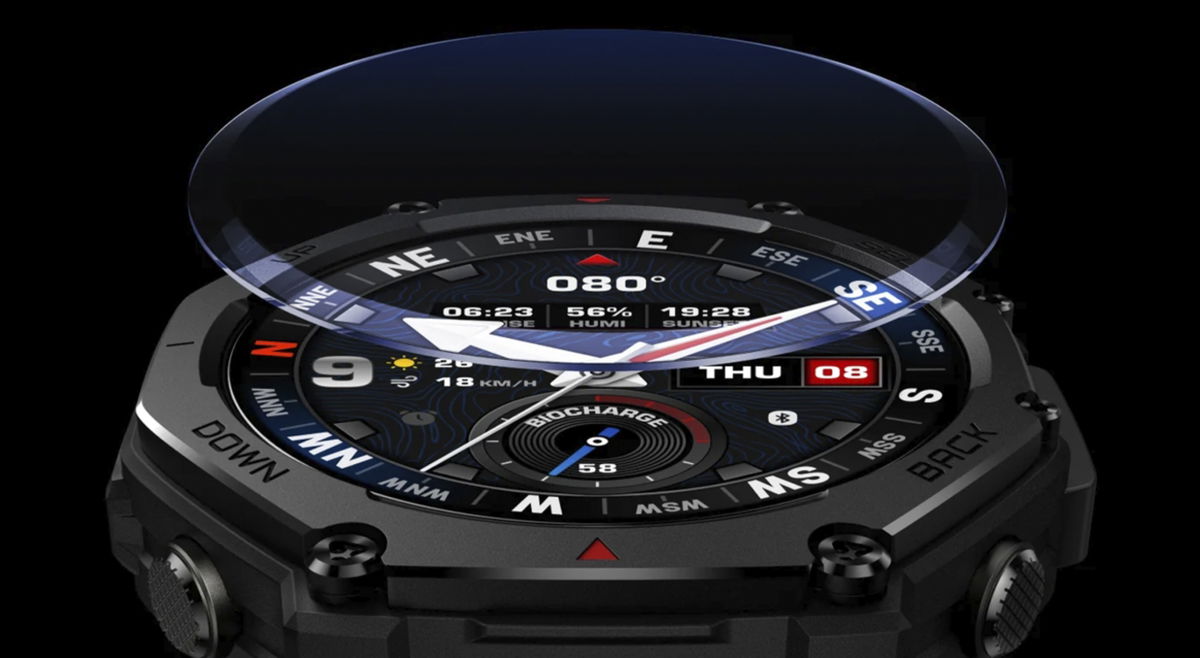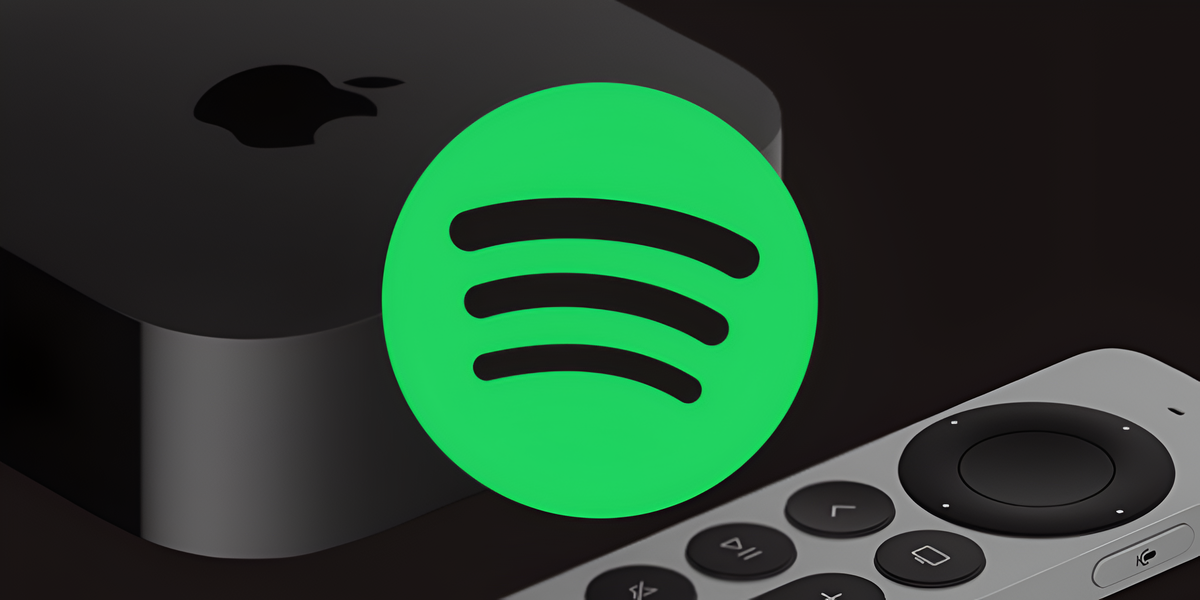If you’ve ever bought a new pair of headphones, a smartwatch, or even a new phone online, you’ve probably come across a cryptic code that looks like this: IPXY, where X and/or Y are sometimes replaced by numbers, e.g. IPX5. This is widely known as IP rating. Manufacturers usually include this code in their product descriptions to communicate how water and dust resistant their products are.
But what exactly do these numbers mean and how should they be applied in everyday use? If you’re looking for a new pair of swimming or watersports headphones, you need to know this nomenclature.
Similar videos
Also check out our guides to best waterproof cell phones, best wireless headphones And The most common AirPods problems and solutions.
What does IPX protection mean?
The degree of protection IPX, IPXY or simply IP corresponds to a standardized product resistance classification to prevent the ingress of solid and liquid particles that can damage its electronic components. Officially, IP stands for “international protection” because the standard was developed and maintained by the International Electrotechnical Commission. But it is more commonly known as “penetration protection”.
The two numbers that follow the letters IP indicate how much protection you can expect.
X is particulate/dust resistance, ranging from zero to six, where zero means no protection and six means tight even after eight hours of exposure. Because very few devices are designed to be dustproof, this part is often overlooked. This is why in most cases we see an X after the IP, e.g. IPX5, which means no particulate/dust penetration rating.
Y means liquid protection, which ranges from zero to eight. Zero means there is no cover, and eight means it can withstand being submerged in water, typically up to three meters deep, for at least 30 minutes. There is technically a ninth level, but it is not used for consumer products.
What does this mean for me?
As you might have guessed, the IP68 rating is the best dust and liquid protection you can get. But there is a lot of variety between IP00 and IP68, so let’s look at some examples. We will only focus on liquid protection, because both levels 5 and 6 are similar: IP5 means that something can get inside, but will not cause any problems, and IP6 means that dust will not get inside.
IPX2
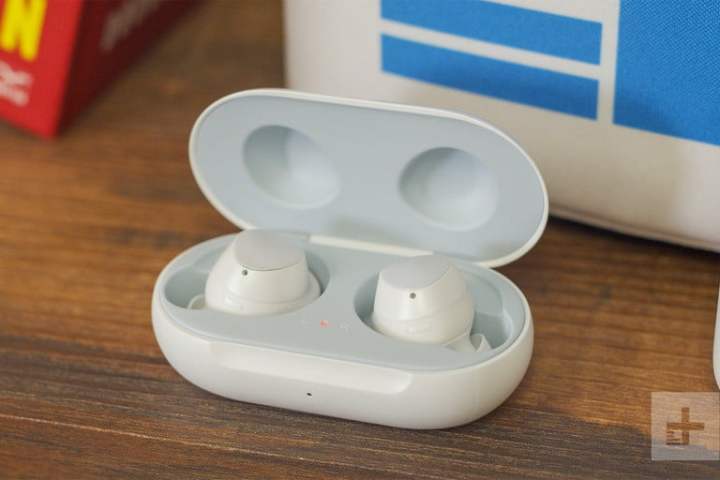
With IPX2, your device can withstand small amounts of water without being damaged. In practice, this means “moderately sweat resistant”. The IPX2-rated Samsung Galaxy Buds easily endured a 10km run in the ears of a very sweaty person. Do not try to wash them with water, it is better to wipe with a damp cloth.
IPX4
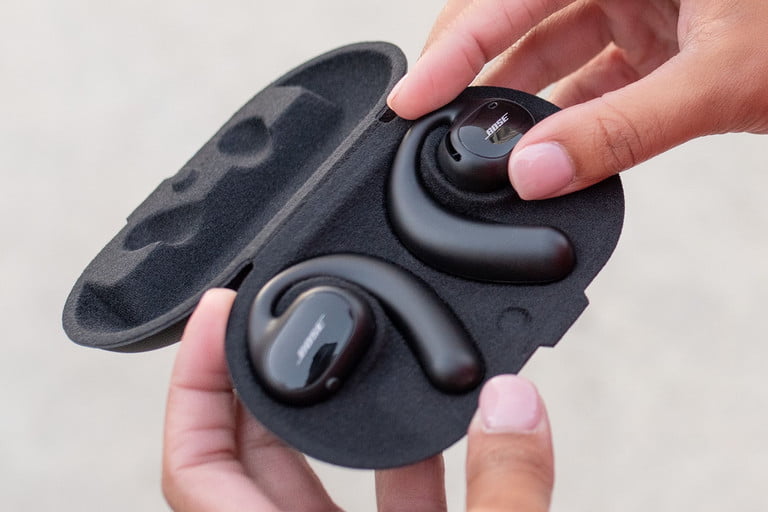
IPX4 provides decent splash water protection. It’s not waterproof, but it provides excellent protection for ultra-active workouts or long marathons in inclement weather. Most headphones designed for sports are IPX4 rated and should not cause problems with regular use. The Bose SoundSport Free headphones are IPX4 rated. Again, don’t submerge them.
IPX6
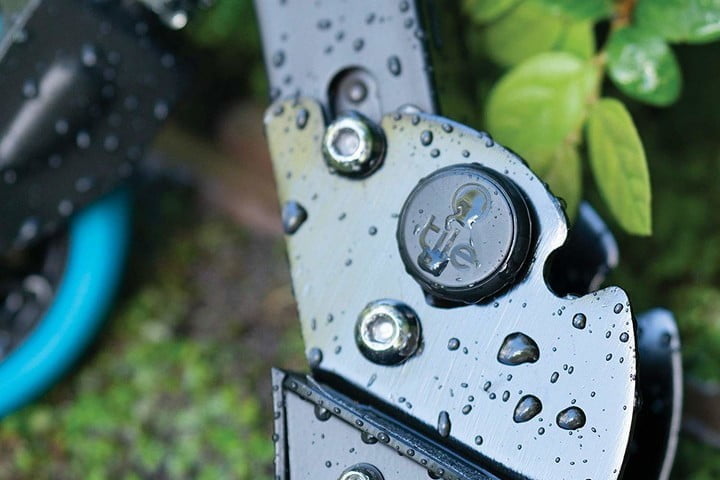
IPX6 is water jet proof, so you can shower without side effects, but don’t make it a habit either. Don’t actually put them underwater, like swimming, and don’t expect them to definitely survive a toilet encounter. IPX6 rated Sbode M400 Bluetooth speaker is perfect to accompany you in the pool.
IPX7/8
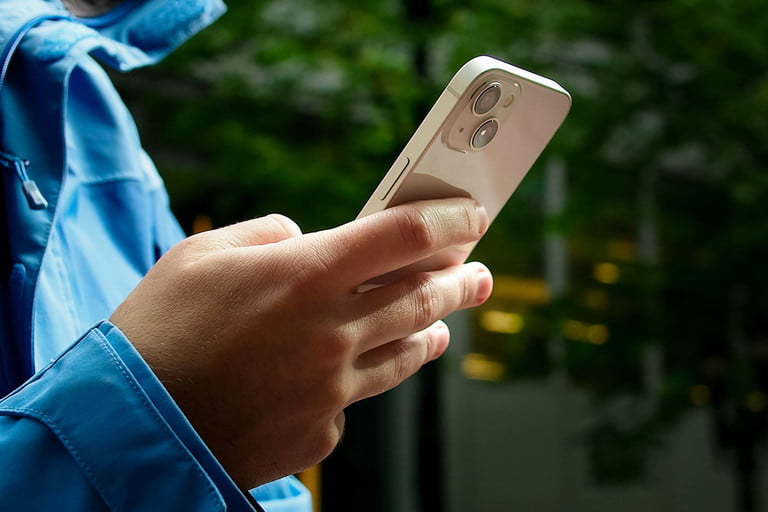
If you’re one of those people who often drops your phone or camera in water, you shouldn’t settle for anything less than IPX7. This will protect your device from accidental drops in one meter of water for up to 30 minutes, while IPX8 allows the same duration of protection in even deeper water, which must be specified by the manufacturer.
Bluetooth speakers like the JBL Flip 6 are IPX7 rated; They are designed to be water resistant. Many e-readers have this rating, making them ideal vacation companions.
Some phones, such as the Samsung Galaxy S21 and the iPhone 13 lineup, are IP68 rated, which means their sealing is as dust and water resistant as possible. These products can be safely rinsed under running water, but always follow the manufacturer’s instructions.
If it’s IPX8, does it also include levels 1 to 7?
No. As annoying as it is, each level of IPX protection has its own standard, meaning that unless the manufacturer specifies otherwise, you can’t be sure a product will survive accidental immersion in water. The Sony XBR-510AS earphones, for example, have a special IPX5/7 rating, which means they are moderately splashproof and can withstand accidental immersion in water.
To be sure, always check what the manufacturer says in their specifications about IPX protection. For example, Apple claims that the iPhone XR is IP67 rated at a maximum depth of 1 meter for up to 30 minutes. But if you’re reading the fine print, there are a few caveats, such as that water and dust resistance “is not a permanent condition and resistance may decrease as a result of normal wear and tear.” […] Liquid damage is not covered by the warranty.”
The clear message here is that you should not take this rating as an invitation to take a bath or swim with the iPhone XR.
Does IPX8 mean it’s waterproof?
No. Waterproof product does not let water through. Since this is almost never the case, when we talk about IPX protection, we mean water resistance. IPX7/8 is intended to evaluate the survivability of the device after accidental or short-term immersion in water, but does not mean that it can be permanently used underwater.
Even when you see products, such as watches, with a 30M water resistance (WR) mark, it does not guarantee that they will survive. Unless otherwise noted, these elements are not tested individually and manufacturers simply use a new reference sample for a very simple test.
| Level | Defence from |
| X | Data not available. |
| 0 | Nobody. |
| 1 | A drop of water. |
| 2 | Water drips when tilted 15°. |
| 3 | Water spray (spray). |
| 4 | Water jet. |
| 5 | Water jet. |
| 6 | Powerful jets of water. |
| 6K | Powerful water jets at higher pressure. |
| 7 | diving to a depth of 1m. |
| 8 | Diving to a depth of more than 1 meter. |
| 9K | Powerful high temperature water jets |
For true underwater use, you must choose a diving watch that has its own classification based on the ISO 6425 standard for diver’s watches. They are individually tested and must operate at depths up to 25% above the specified values. Typically, the manufacturer guarantees that they will withstand repeated use over an extended period of time, and will also be able to withstand the pressure changes that accompany descent and ascent from these depths.
| Waterproof specification | suitability | Observations |
| Resistance up to 3 atm or 30 m | Suitable for daily use. Splash/rain resistant. | It is not suitable for showering, swimming, swimming, diving, working in the water, fishing and diving. |
| Resistance up to 5 atm or 50 m | Suitable for daily use, showering, swimming, shallow water swimming, diving, water work, fishing. Splash/rain resistant. | Not suitable for diving. |
| Resistance up to 10 atm or 100 m | Suitable for recreational surfing, swimming, scuba diving, sailing and water sports. | Not suitable for diving. |
| Resistance up to 20 atm or 200 m | Suitable for professional marine activities, water sports and freediving. | Suitable for freediving. |
| Diving at 100m | Minimum ISO standard (ISO 6425) for diving at depths not suitable for saturation diving. | Watches for divers at 100 and 150 meters are usually vintage. |
| Diving at 200m or 300m | Suitable for diving at depths not suitable for saturation diving. | Usual ratings for modern diving watches. |
| Diving deeper than 300 m with mixed gas | Suitable for saturation diving (environment enriched with helium). | Watches designed for mixed gas diving will bear the additional marking DIVER’S WATCH xxx M FOR MIXED-GAS DIVING. |
What if my product does not have an IP rating?
You may have noticed that many devices can withstand exposure to water or dust even if they don’t have an IP rating. For example, you could run your unsuitable Apple AirPods without any problems. Sometimes this is due to good design, and sometimes it’s just luck. The IP rating is the only real indication that a manufacturer has designed a product for these conditions. But that’s not a guarantee either. Always check the product specifications to find out what is covered. As we saw with the iPhone XR, even with an IP67 rating, Apple’s warranty doesn’t cover liquids.
Source: Digital Trends
I am Garth Carter and I work at Gadget Onus. I have specialized in writing for the Hot News section, focusing on topics that are trending and highly relevant to readers. My passion is to present news stories accurately, in an engaging manner that captures the attention of my audience.


